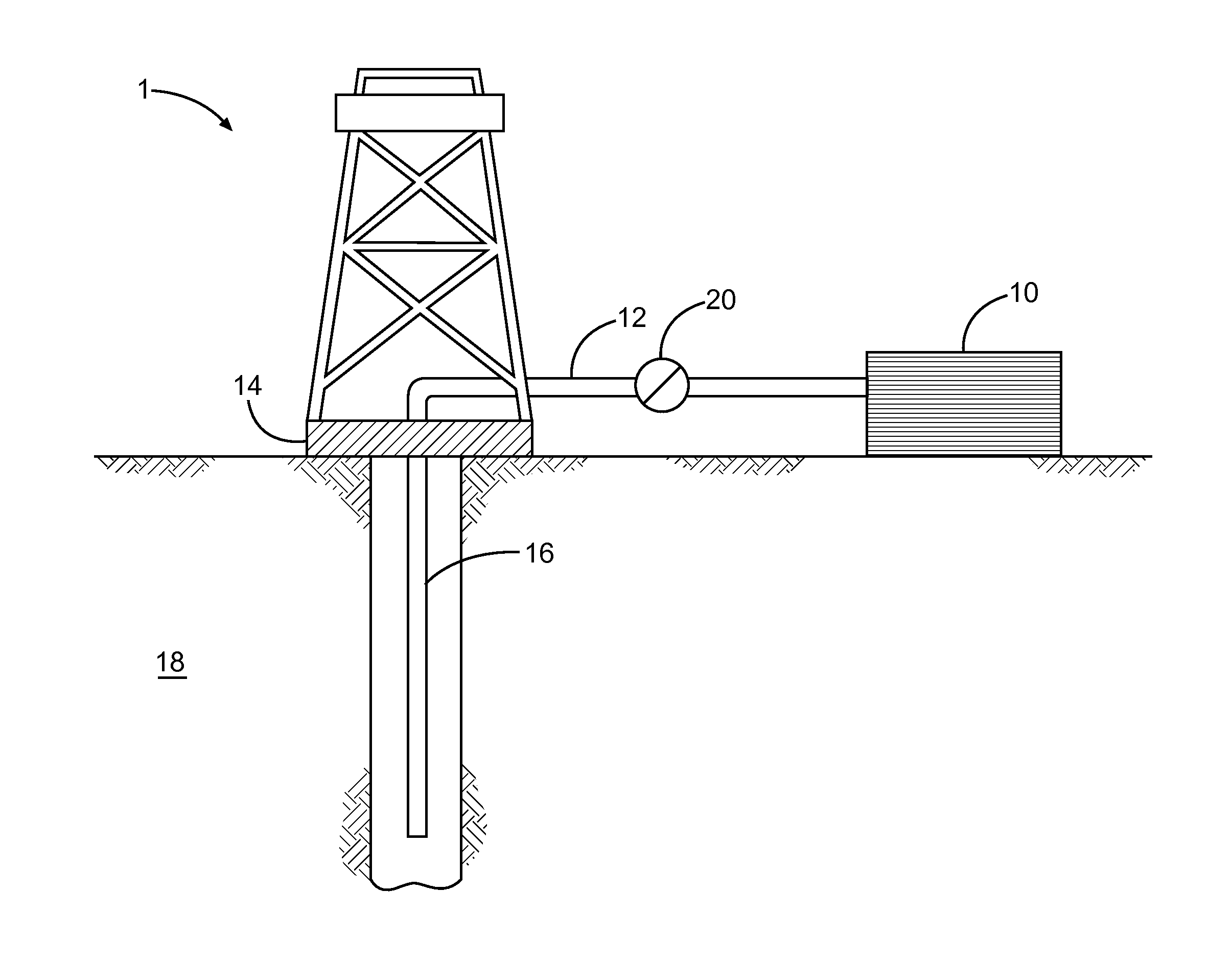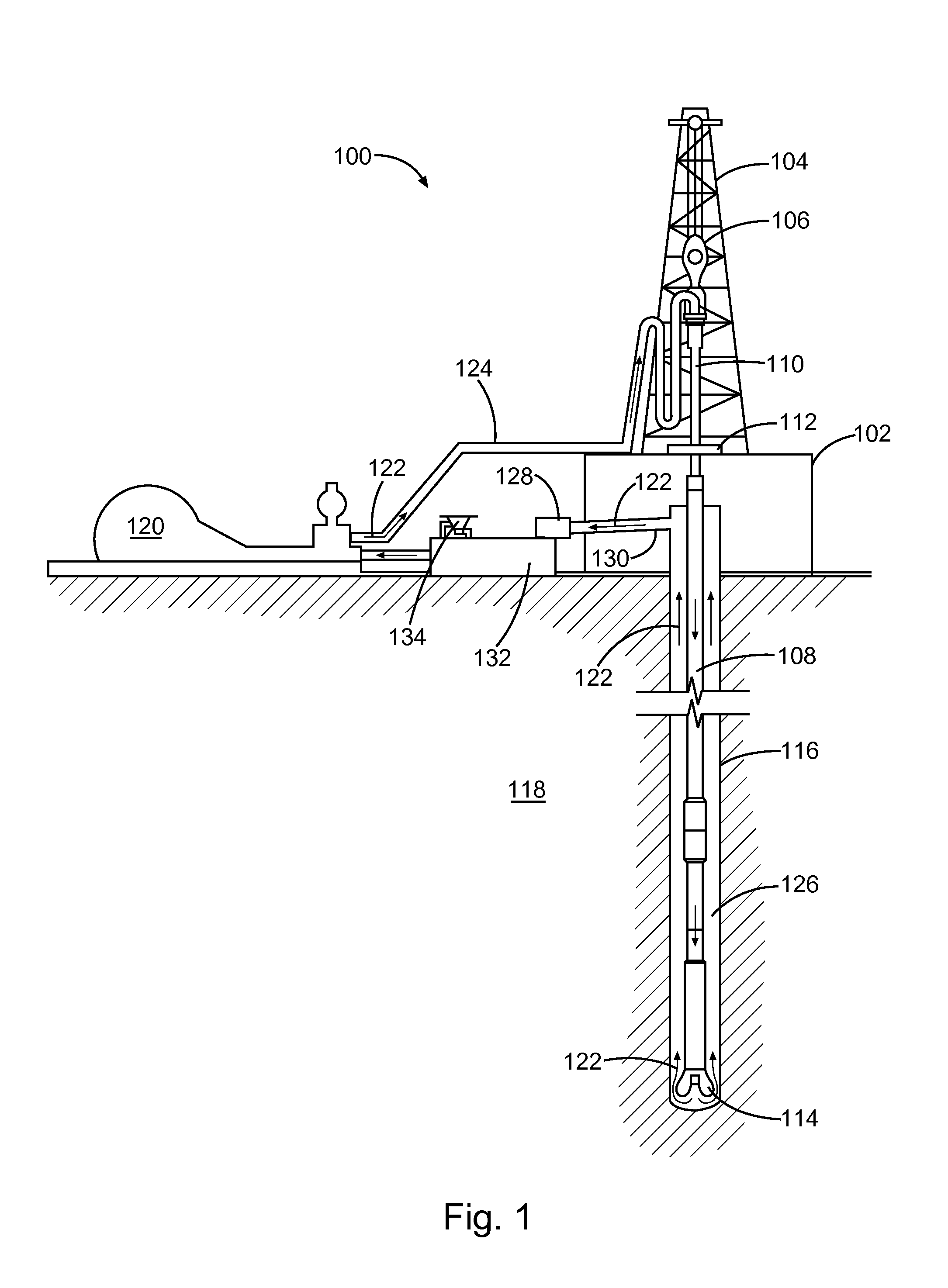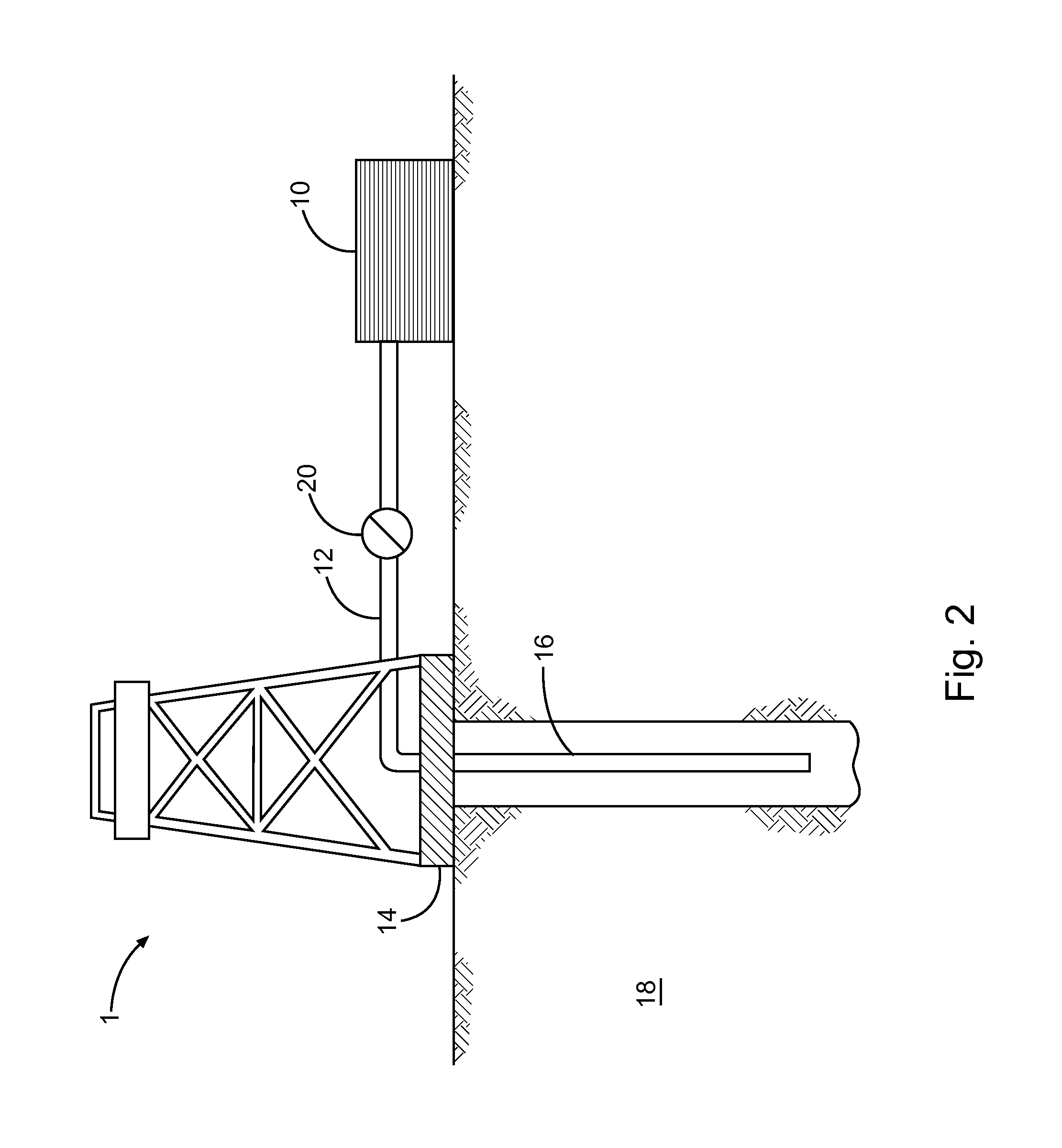Clay stabilization with control of migration of clays and fines
a technology of fine clay and stabilization, applied in the direction of fluid removal, borehole/well accessories, construction, etc., can solve the problems of permeability damage, formation damage, swelling clay,
- Summary
- Abstract
- Description
- Claims
- Application Information
AI Technical Summary
Benefits of technology
Problems solved by technology
Method used
Image
Examples
embodiment 1
[0124 provides a method of treating a subterranean formation, the method comprising:[0125]obtaining or providing a composition comprising a compound comprising at least one silylating group and at least one ammonium group;[0126]placing the composition in a subterranean formation.
embodiment 2
[0127 provides the method of Embodiment 1, wherein the ammonium group comprises an ion-exchange clay-stabilizing group.
[0128]Embodiment 3 provides the method of any one of Embodiments 1-2, wherein the method is a method of clay stabilization.
embodiment 4
[0129 provides the method of any one of Embodiments 1-3, further comprising at least partially stabilizing clays against swelling via ion-exchange of the ammonium group with cations present in a clay in the subterranean formation.
PUM
 Login to View More
Login to View More Abstract
Description
Claims
Application Information
 Login to View More
Login to View More - R&D Engineer
- R&D Manager
- IP Professional
- Industry Leading Data Capabilities
- Powerful AI technology
- Patent DNA Extraction
Browse by: Latest US Patents, China's latest patents, Technical Efficacy Thesaurus, Application Domain, Technology Topic, Popular Technical Reports.
© 2024 PatSnap. All rights reserved.Legal|Privacy policy|Modern Slavery Act Transparency Statement|Sitemap|About US| Contact US: help@patsnap.com










